Owners of Apple computers usually have no problem figuring out how they should treat their Mac and what they should do with it. However, many of us make unnecessary mistakes when using Macs, which can often have unpleasant consequences. What mistakes should you absolutely not make when using a Mac?
It could be interest you
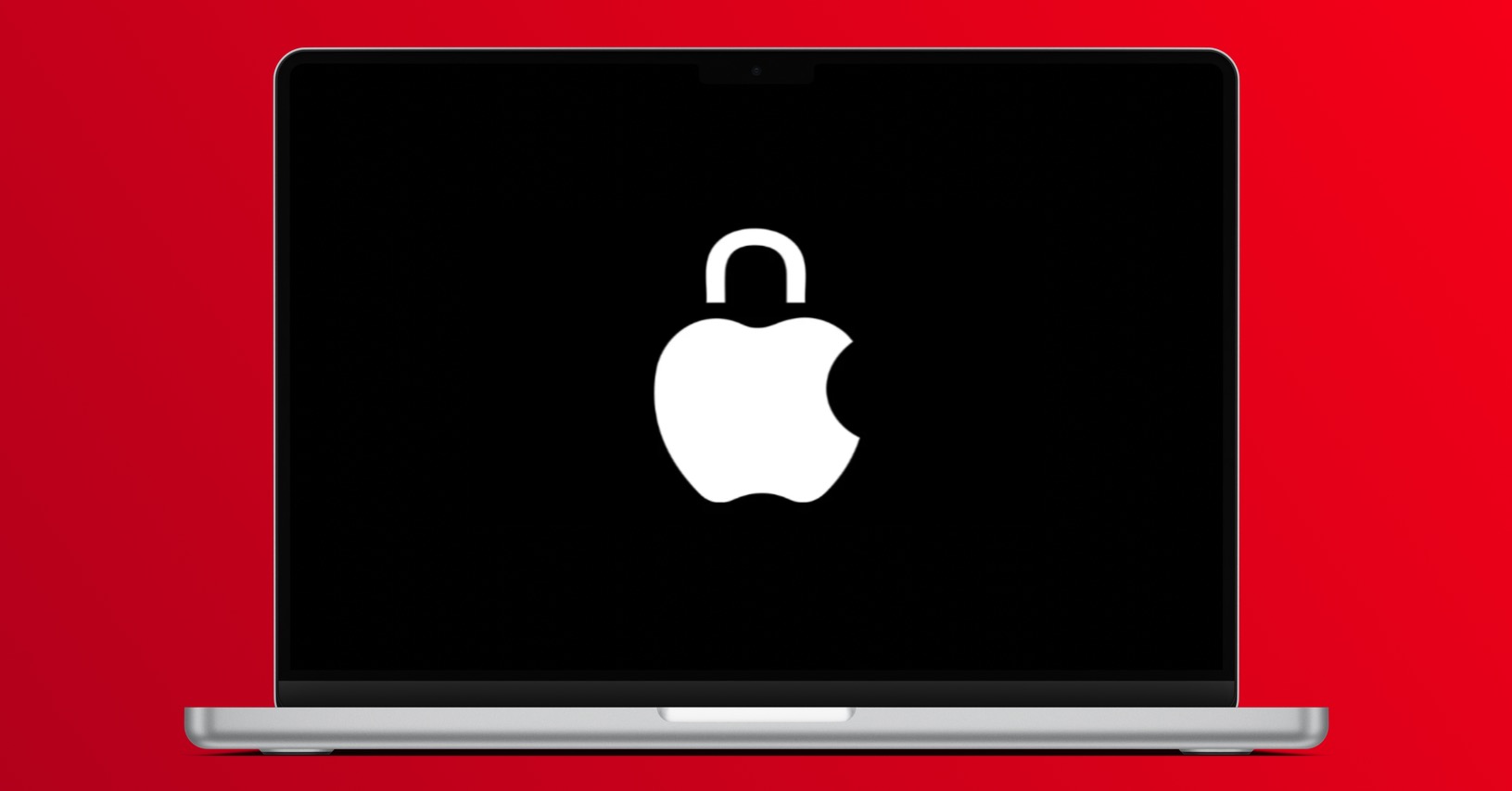
Neglect of physical protection
Many users who use their MacBook exclusively at home tend to neglect its physical protection and damage prevention. Even in the case of home use, however, your laptop may be at risk of damage, which you may later regret. Physical protection of your Mac in the home environment can take many forms. By placing your MacBook on a suitable stand, for example, transfer damage in the event of a liquid spill on your desk. If you have a MacBook with a USB-C cable, you can prevent falls associated with accidentally tripping over the cable by purchasing a suitable adapter with magnetic connector.
It could be interest you

Postponing an operating system update
One of the very common mistakes that some Mac owners make is to overlook and delay updating the operating system. At the same time, these updates are important not only from the point of view of new functions, but above all for security reasons. If you want to activate automatic updates of the operating system on your Mac, click on the Apple menu -> System Preferences in the upper left corner of the screen. In the preferences window, click Software Update, and then at the bottom of the update preferences window, check Automatically update Mac.
Not using the cloud
Content Storage a iCloud backups (or other alternative cloud storage ) has a number of advantages. You can access the content stored in this way practically anytime and from anywhere, and you will have it available even if you physically lose your Mac. In addition, if you decide to pay extra for Apple's iCloud+ service, you can enjoy a number of different benefits within it.
It could be interest you

Neglecting advances
Regular backups of (not only) your Mac are extremely important. Ideally, at least from time to time, you should place a backup on three different storages - one copy to the cloud, one to keep on local storage, and one to an external drive or NAS storage. It's a great tool for backing up your Mac's content and settings time Machine, but you can also back up to iCloud Drive. If you want to use iCloud Drive to store documents and files from your Mac's desktop, click the Apple menu -> System Preferences -> Apple ID in the upper left corner of the screen. Click iCloud in the sidebar, select iCloud Drive in the main window, and click Options. Finally, check Desktop and Documents folder.
Not taking full advantage of the Apple ecosystem
If you have several Apple devices, it would be a shame not to use all the possibilities of their mutual connection and cooperation. A great feature within the Apple ecosystem is, for example, Continuity, which allows you to copy and paste text across your devices, ensures you can work continuously in selected applications on all devices, and much more. You can find tips on how to make the most of the interconnectedness of Apple products in one of our older articles.
It could be interest you

 Flying around the world with Apple
Flying around the world with Apple 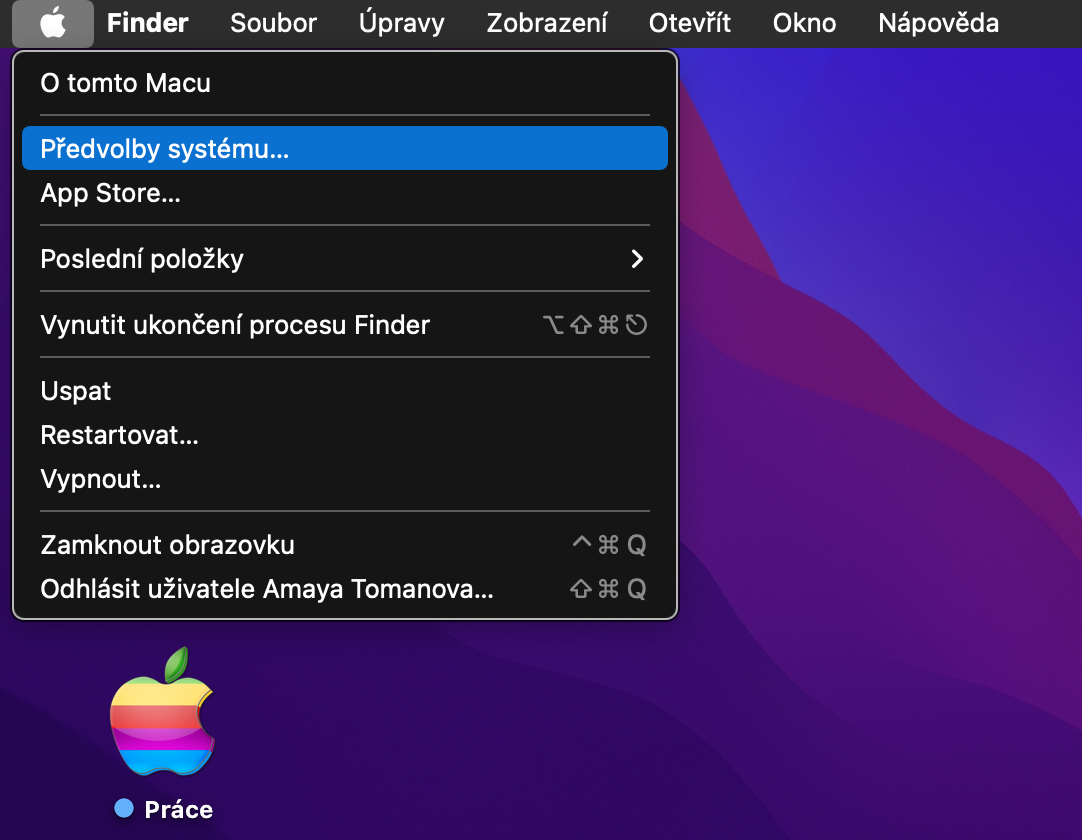

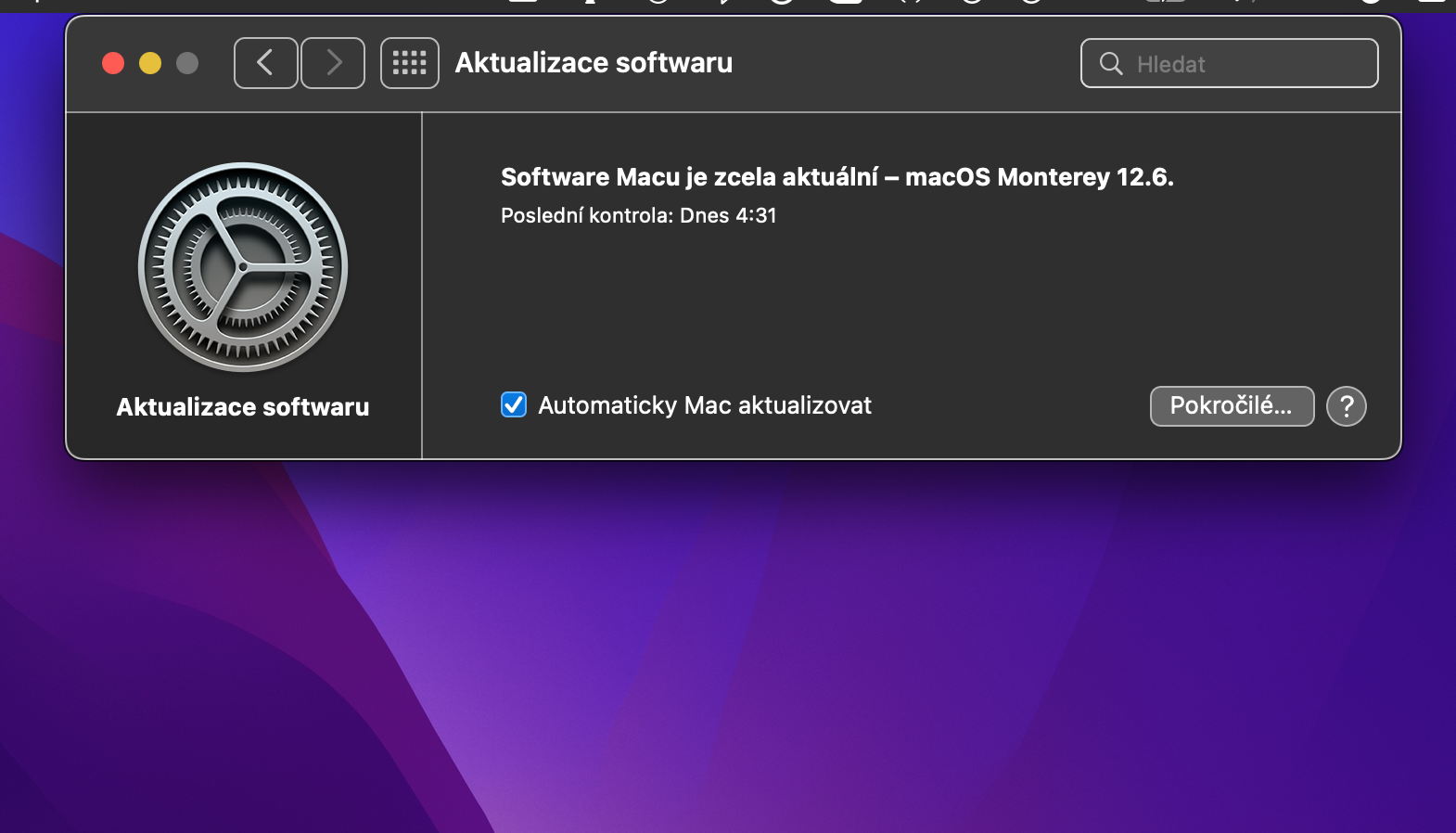
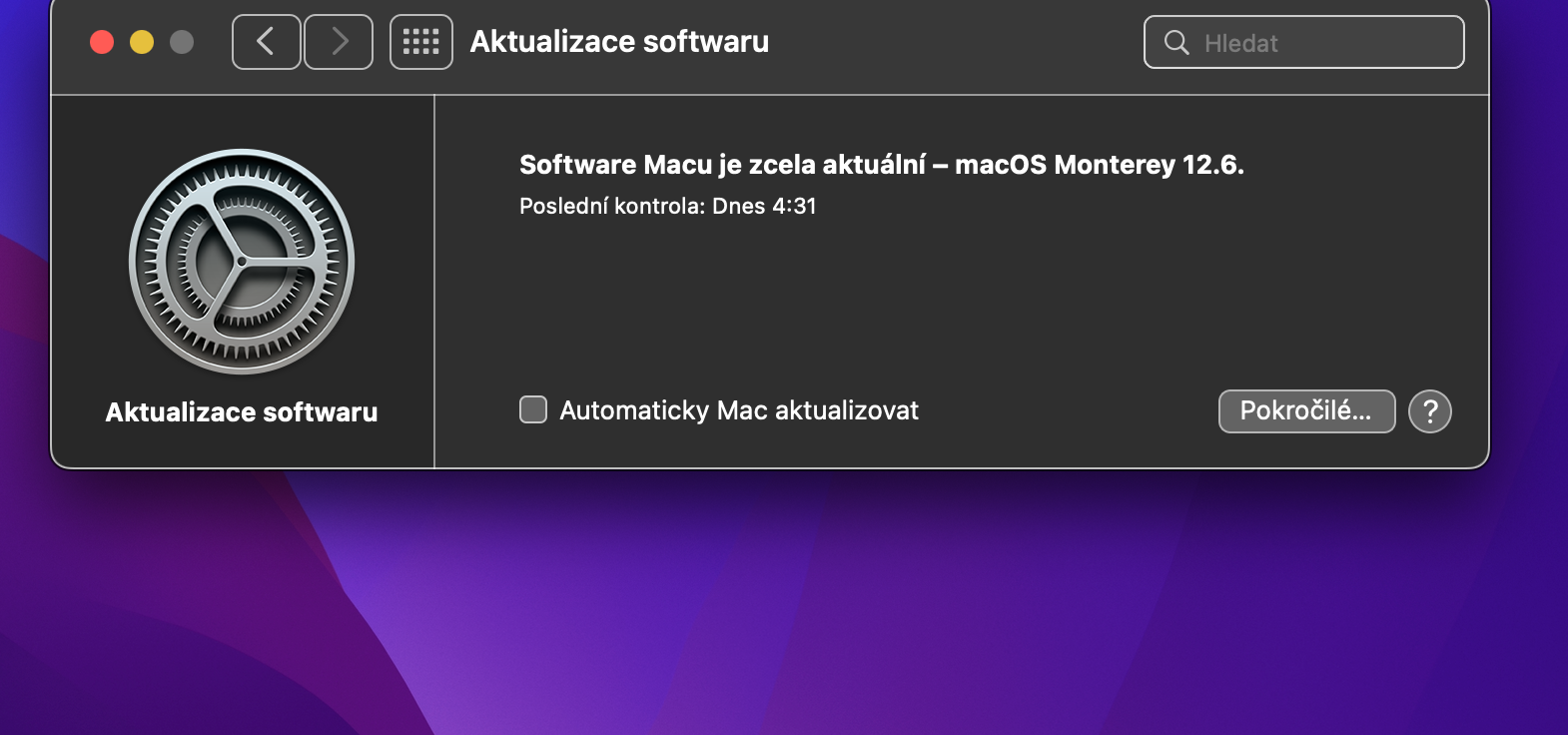
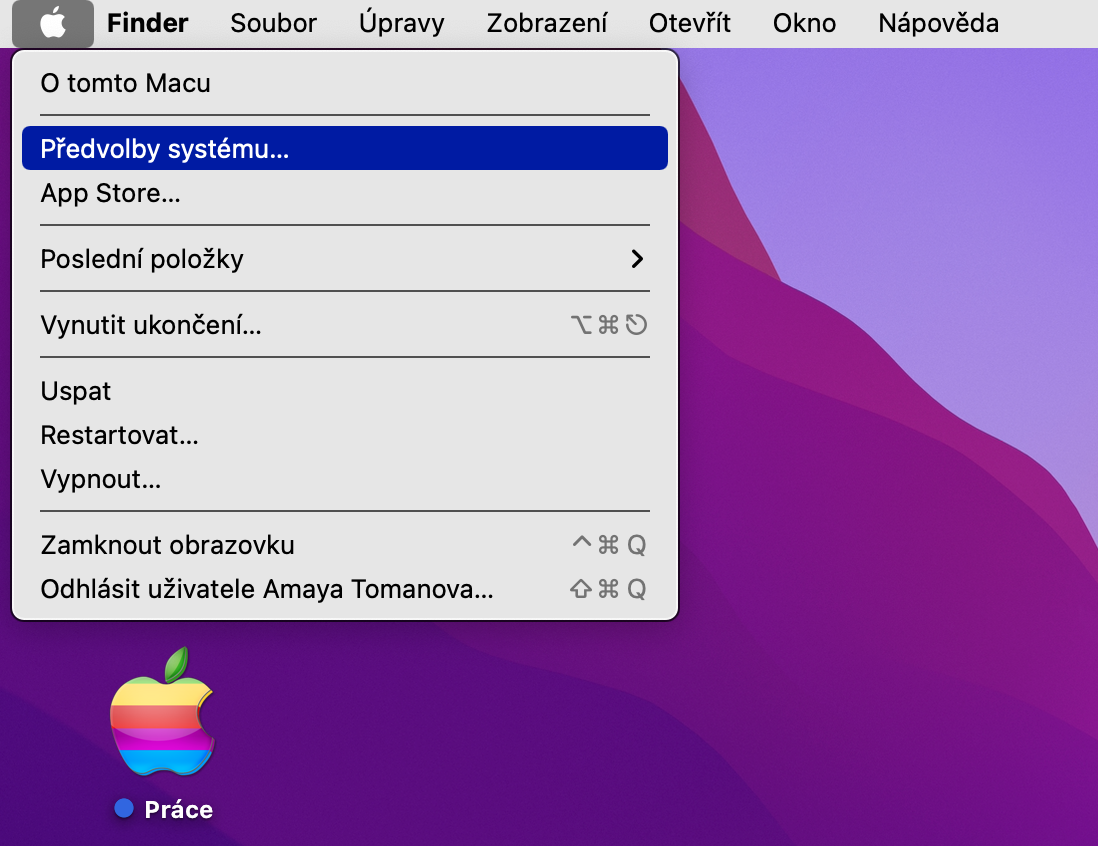
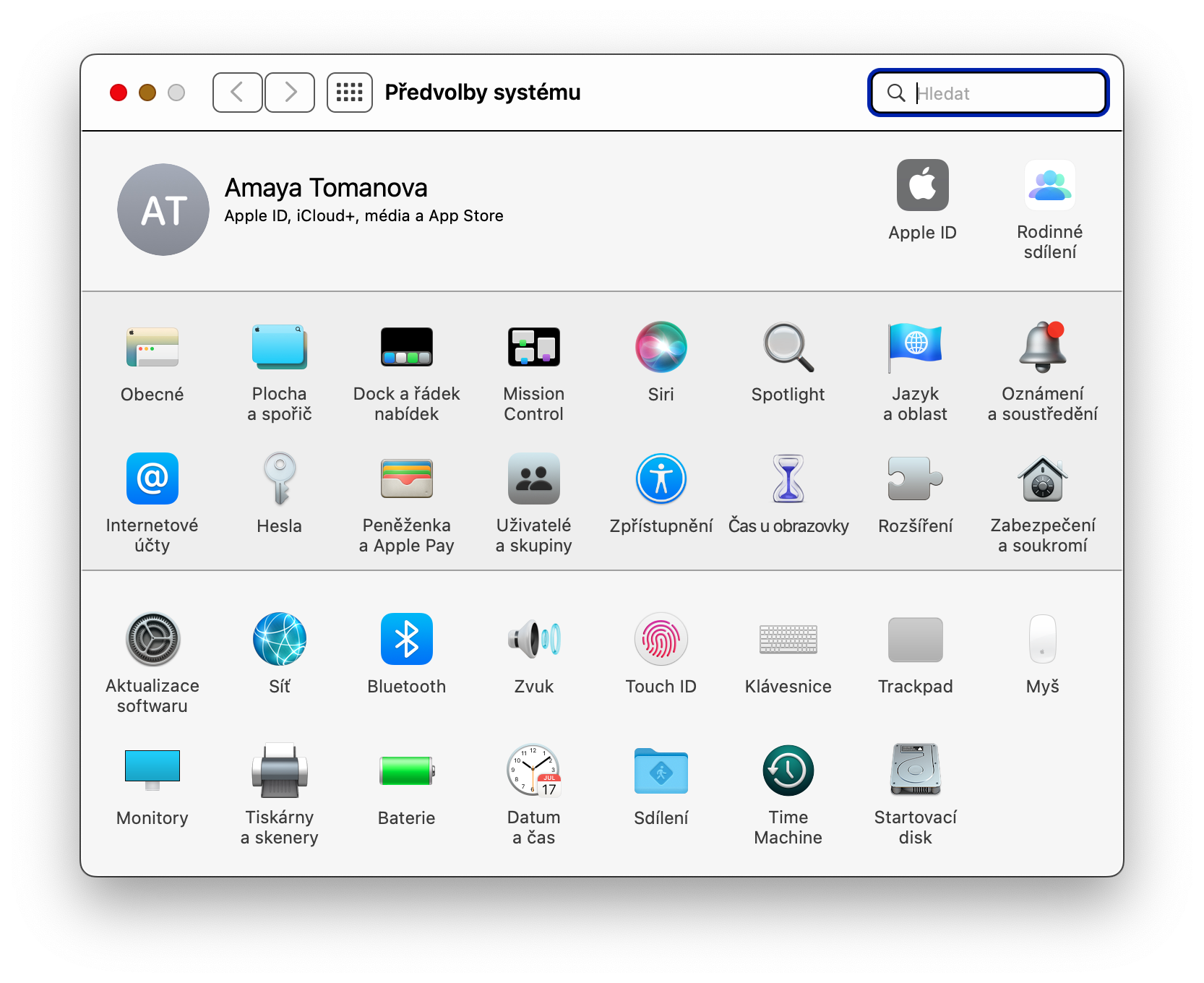
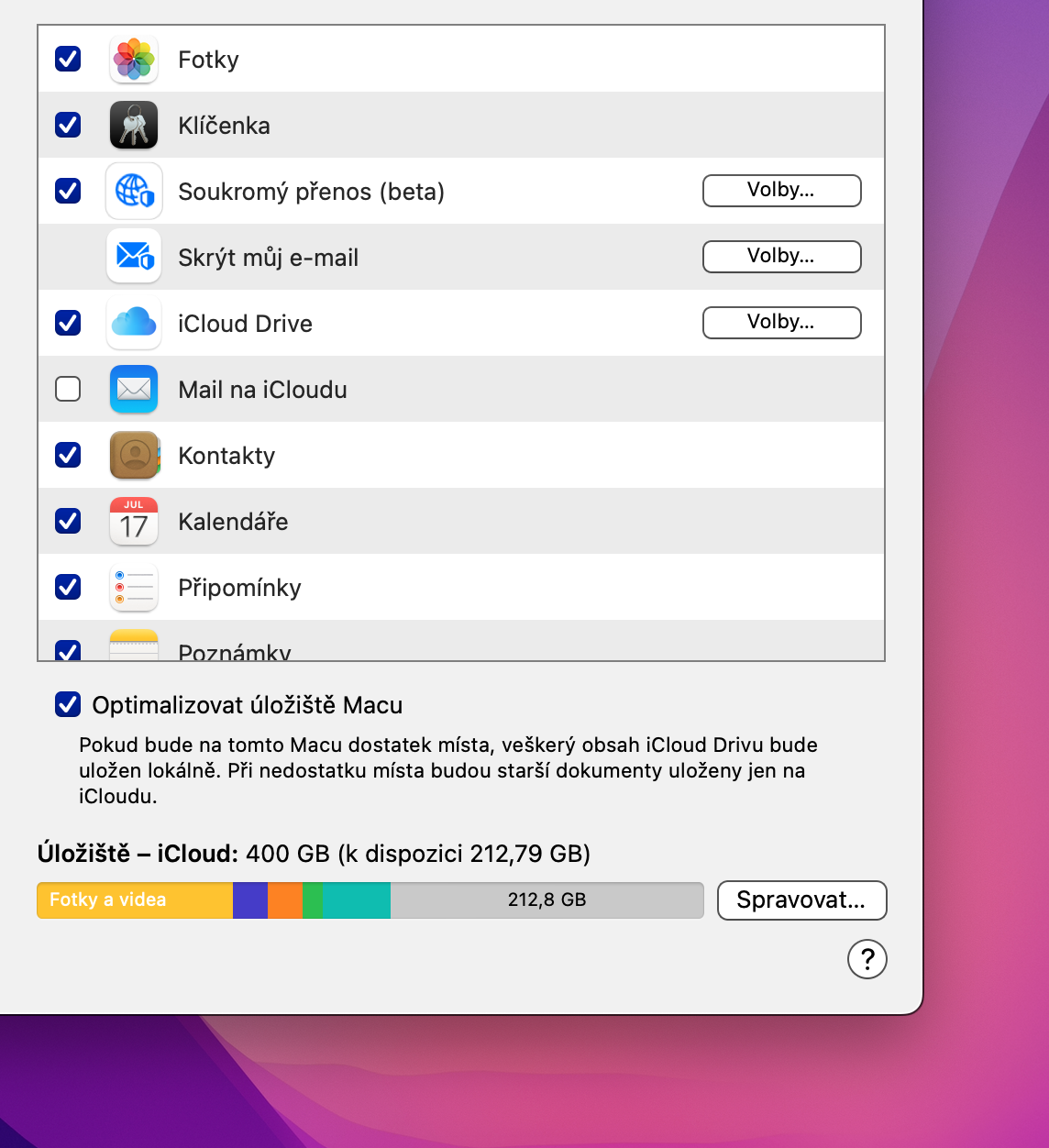
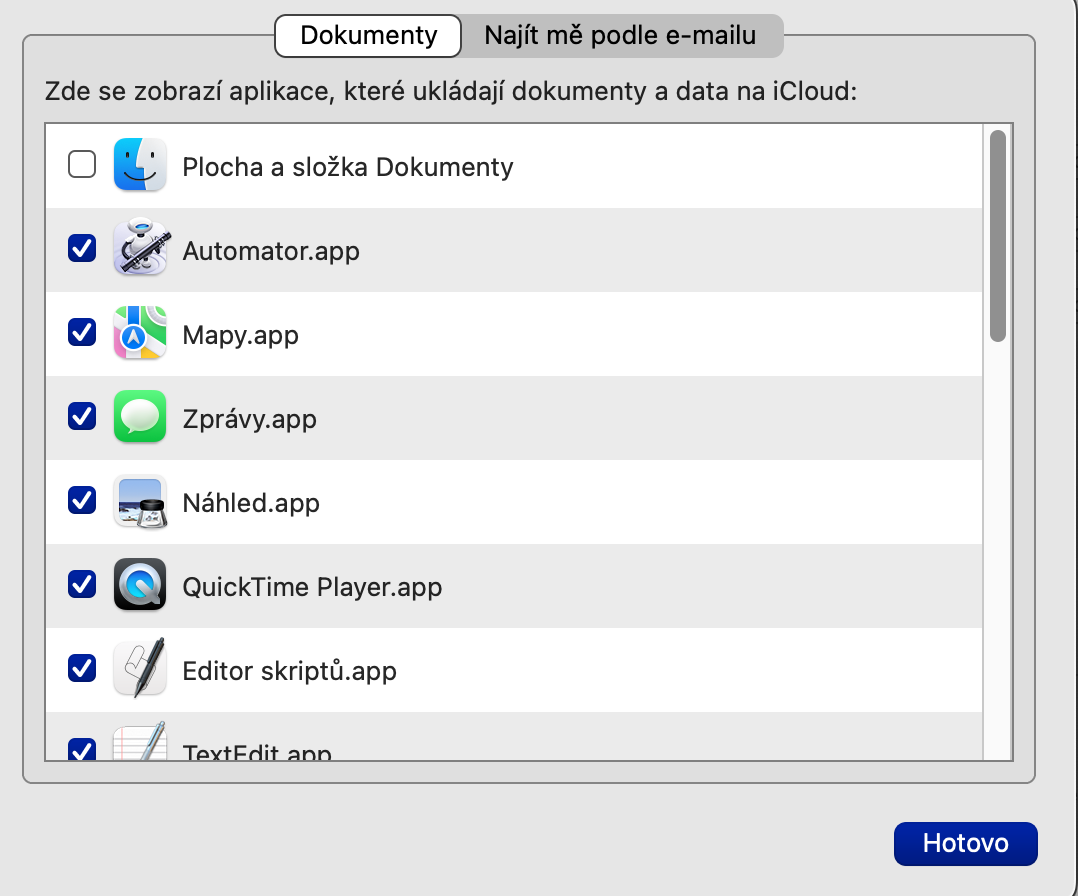
So those are the tips.
They don't know what to write...
Yes, but we clicked. So accomplished.
It belonged to Abby